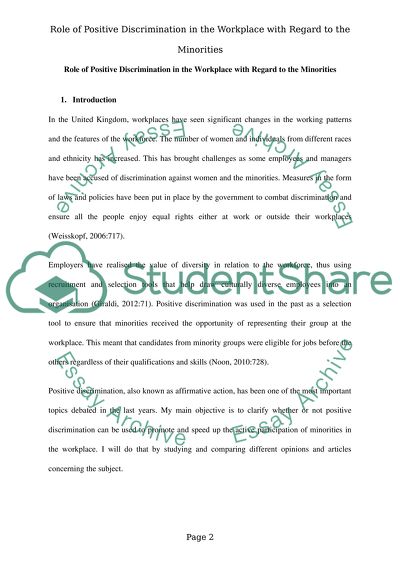Cite this document
(“Role of Positive Discrimination in the Workplace with Regard to the Essay”, n.d.)
Role of Positive Discrimination in the Workplace with Regard to the Essay. Retrieved from https://studentshare.org/social-science/1494489-role-of-positive-discrimination-in-the-workplace-with-regard-to-the-minorities
Role of Positive Discrimination in the Workplace with Regard to the Essay. Retrieved from https://studentshare.org/social-science/1494489-role-of-positive-discrimination-in-the-workplace-with-regard-to-the-minorities
(Role of Positive Discrimination in the Workplace With Regard to the Essay)
Role of Positive Discrimination in the Workplace With Regard to the Essay. https://studentshare.org/social-science/1494489-role-of-positive-discrimination-in-the-workplace-with-regard-to-the-minorities.
Role of Positive Discrimination in the Workplace With Regard to the Essay. https://studentshare.org/social-science/1494489-role-of-positive-discrimination-in-the-workplace-with-regard-to-the-minorities.
“Role of Positive Discrimination in the Workplace With Regard to the Essay”, n.d. https://studentshare.org/social-science/1494489-role-of-positive-discrimination-in-the-workplace-with-regard-to-the-minorities.


